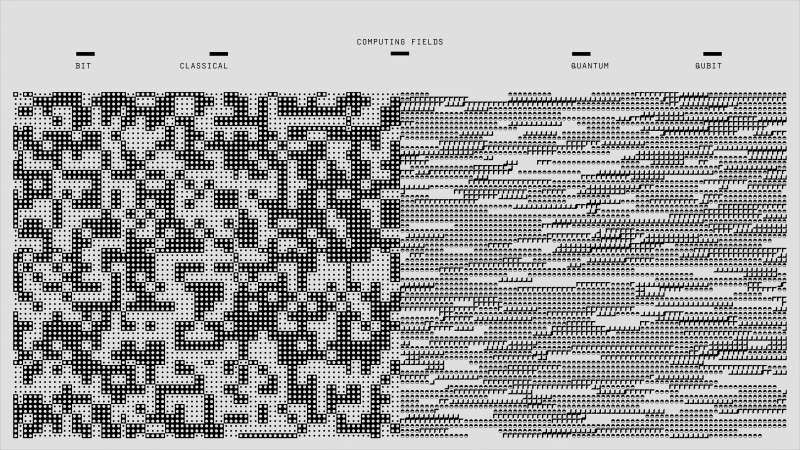Understanding Risk in Project Management
Published on: May 4, 2025
Understanding Risk in Project Management
Managing a project is not just about tasks and deliverables, it's also about managing potential risks that could derail its success. Risk management is an integral part of project management. The proactive identification, analysis, and mitigation of risks can save time, money, and resources. It's why management tools such as labor management software and workforce management systems are so important.
Identifying Risks
The first step in risk management is to identify potential risks. Risks can come from various sources - internal or external, controllable or uncontrollable, expected or unexpected. To identify risks, project managers can use a variety of techniques such as brainstorming, SWOT analysis, and expert judgment. A team management tool can also be used to facilitate this process. Moreover, the HRM system can contribute to the risk identification process, particularly in terms of workforce planning software.
Analyzing Risks
Once the risks have been identified, the next step is to analyze them. Risk analysis involves determining the likelihood and impact of each risk. Risks can be ranked based on their potential impact on the project. During this stage, project managers can use project tools and HR software for analysis. In addition, a web based HR software and labor software could provide necessary data for risk analysis.
Evaluating Risks
After analyzing the risks, they need to be evaluated. Risk evaluation involves determining which risks need to be addressed based on their likelihood and impact. It helps in prioritizing the risks and deciding on the appropriate action to take. This is where management project tools can be used, providing an overview of the risks and helping in the evaluation process.
Risk Mitigation
Risk mitigation involves developing strategies to reduce the impact of risks on the project. These strategies can include risk avoidance, risk reduction, risk sharing, and risk acceptance. Team management tools and workforce management services can help in the development of risk mitigation strategies. The use of an online employee management system and company management system can also aid in this process.
Risk Control
Risk control is the process of implementing the risk mitigation strategies and monitoring their effectiveness. It involves tracking identified risks, monitoring residual risks, and identifying new risks. A labor management system, HR onboarding systems, and employee onboarding platforms can be used in the risk control process.
The Role of HR in Risk Management
Human resources play a key role in risk management. From employee onboarding to HR management, HR has a crucial role in identifying, analyzing, and mitigating risks. HR onboarding, for example, can be a risk if not done properly. A poorly executed onboarding process can lead to high turnover rates, low employee morale, and productivity loss. That's why it's important to have an effective onboarding system and use HR onboarding systems.
The Importance of Employee Management Tools in Risk Management
Employee management tools are also essential in risk management. These tools can help in identifying potential risks related to employees, such as performance issues, absenteeism, and turnover. An online onboarding platform, for example, can help in managing the risk of new hire onboarding.
Risk management is an essential part of project management. It involves identifying, analyzing, evaluating, mitigating, and controlling risks. The use of management tools, such as workforce management systems and labor management software, can greatly aid in the risk management process. Furthermore, HR plays a critical role in risk management, particularly in terms of employee onboarding and HR management.










